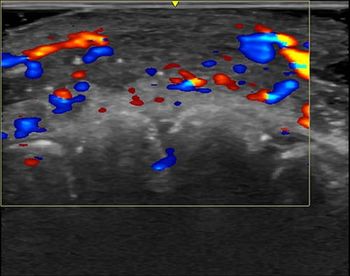
The Rise of Voice Power in an Image-Fueled Field
Voice recognition artificial intelligence tools are taking on a growing role in radiology.
“Can you hear me now?” will likely soon be much more than a catchy slogan. It has the potential to become a theme within radiology as the pandemic continues to linger and spread throughout the country.
In a letter published in the
“Particularly during the coronavirus pandemic, there are many opportunities for us to use voice to improve our response to the public health crisis,” wrote Eliot Fishman, M.D., radiology professor, and colleagues.
Related Content:
For the past decade, the focus with artificial intelligence has been on algorithms that could be used to augment image interpretation or to detect imaging biomarkers. But, the advances in voice recognition technologies means these tools can now find utility in radiology, the team said.
“Artificial intelligence will have profound impacts across radiology practices, and the rise of voice-enabled devices indicate that,” they explained.
From the patient perspective, they said, the industry can expect to see voice recognition integrated into algorithms that assist with patient preparation, explanations of imaging studies, and the patient consent process. These tools will likely contribute to improving an office’s typical workflow, as well.
“Our day-to-day work in our offices will also change. Voice-enabled technologies can finally help us to realize the ‘paperless office,’” the team wrote. “Our phone calls, dictations, and communications with colleagues can all be done in a contactless way using voice.”
This technology also has implementation potential across healthcare as a whole, they added. For example, wearable technologies – such as voice-enabled glasses – can allow providers to record patient medical information for later analysis.
"What is happening, far beyond anything that happened with the telephone or the Internet, is that voice is becoing routine throughout the day," they wrote. "No other technology has become such a part of routine. Technology has often been divisive, but now voice technology can help bring us together."
Newsletter
Stay at the forefront of radiology with the Diagnostic Imaging newsletter, delivering the latest news, clinical insights, and imaging advancements for today’s radiologists.




























